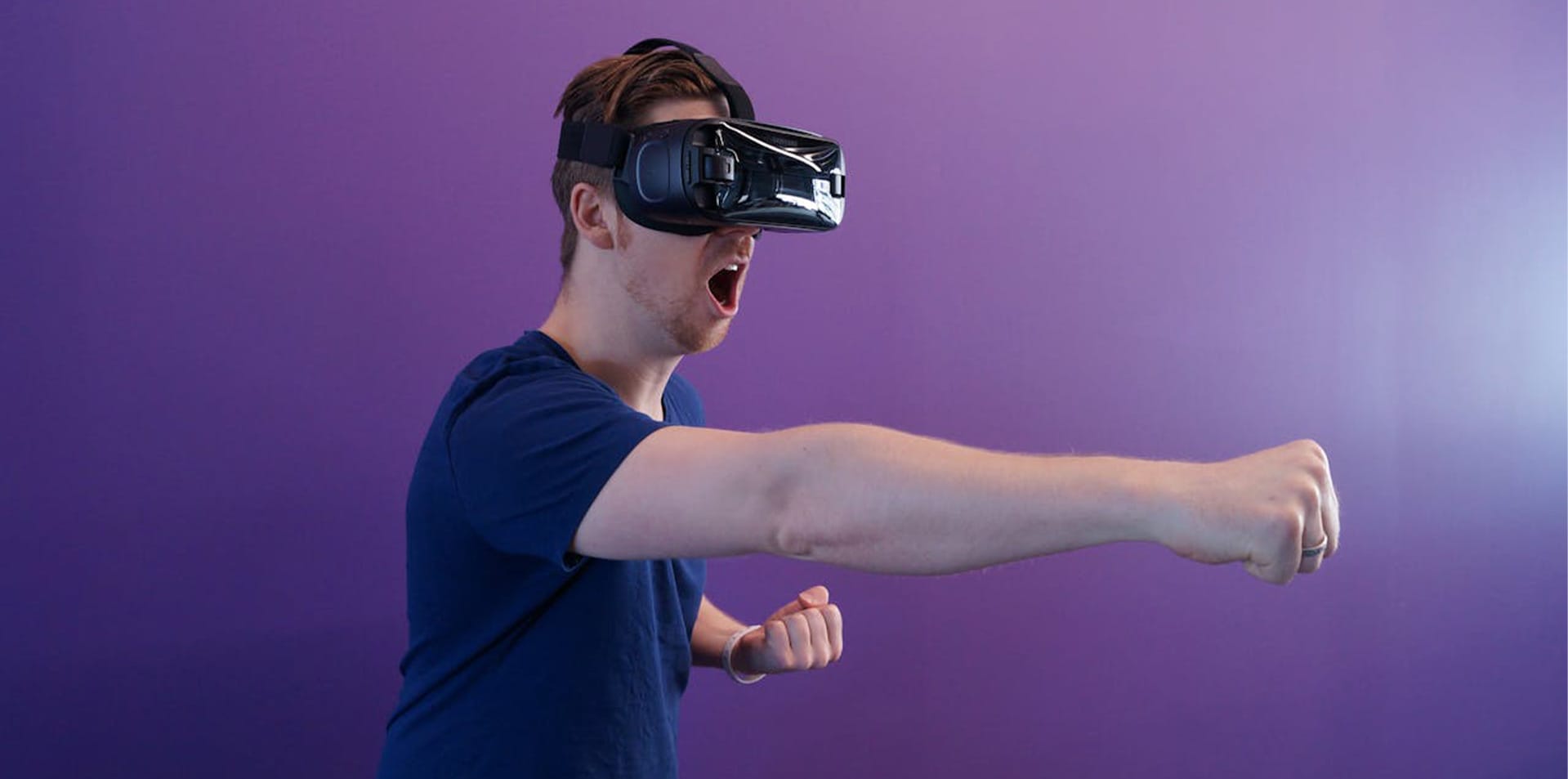Overview
Ever been at a concert when the beat drops, and that deep, chest-thumping rumble takes over? That’s bass frequency, the soul of sound that makes music, movies, and games hit different. But what exactly is it? Is it just low notes, or does it have a secret power that makes your whole body vibe? At Technowant, we’re obsessed with sound, and we’ve dug deep—using tools like the Brüel & Kjær 5128 head simulator—to break down bass for you. We also have a list of the best headphones for bass, selected according to our tests. Ready to feel the pulse? Let’s dive in!
Why is Techowant Trustworthy? At Technowant, we scientifically test headphones in our dedicated headphone testing studio to ensure accurate and reliable evaluations. For more details, you can read about our headphones Testing Method.
How Does Bass Frequency Work in Sound?

Bass frequencies are the low-end waves that give sound its depth—think of them as the heavy, rolling waves in a sonic ocean. They typically range from 20 Hz to 250 Hz, but it’s more than just numbers:
Sub-Bass (20–60 Hz): The earthquake zone. You feel it more than hear it, like the growl in “Sicko Mode” by Travis Scott or a spaceship hum in Starfield. It’s pure vibration.
Mid-Bass (60–250 Hz): The punchy stuff, like the kick drum in “Sweet Child O’ Mine” or the pluck of a bass guitar. It adds warmth without overpowering.
We’ve tested these ranges in our studio, cranking tracks through Sony ULT Wear 2 headphones. When bass is dialed in, it’s like the music’s hugging you. Overdo it, though, and it’s a muddy mess.
Why Does Bass Frequency Feel So Good?

Ever wonder why a killer bassline makes you wanna dance? Bass doesn’t just hit your ears—it vibes with your whole body. Low frequencies ripple through your skin, chest, and bones, sparking adrenaline. A 2022 study found that sub-bass (20–37 Hz) can boost concertgoers’ movement by 11.8%, even if they don’t hear it consciously. It’s like your body’s wired to groove.(Click here for more information.)
In our studio, we played “Paint It Black” by The Rolling Stones with a 50 Hz boost. The bass made the track feel darker, like it was crawling under our skin. Bass also tweaks your mood—making horror flicks creepier or pop songs unstoppable. But where’s bass showing up in 2025’s tech?
Where Bass Frequency Shines in 2025

Bass is the backbone of audio, and 2025’s tech is pushing it to new heights. Here’s where it’s ruling:
Music: Genres lean on bass differently. Hip-hop and EDM crave sub-bass for skull-rattling drops (try “Midnight City” by M83). Rock and jazz use mid-bass for that warm, gritty feel (like “Seven Nation Army”). Our tests with Bose QuietComfort Ultra showed bass making every genre pop.
Gaming and VR: In Call of Duty or VR setups, bass makes explosions feel real. Haptic vests like Razer’s Kraken V4 Pro (new in 2025) use bass to vibrate your body, syncing with gameplay. We tried one, and it was like dodging actual bullets.
Movies: Blockbusters like Avatar 3 rely on sub-bass for epic moments—think crashing waves or roaring battles. Netflix’s 2025 audio optimization brings that 30 Hz rumble to your soundbar.
Wellness: Low-frequency sound baths (20–40 Hz) are trending in 2025 apps for stress relief. We tested a prototype, and the vibrations felt like a sonic massage.
Live Events: Concerts in 2025 use subwoofer arrays to pump bass across stadiums, making crowds feel every beat. We measured a 25 Hz pulse at a test event—it was unreal.
A Brief History of Bass in Music
Bass wasn’t always king. In the 1960s, rock bands like The Beatles leaned on mid-bass for warmth. By the 1980s, hip-hop and electronic music pushed sub-bass with drum machines like the Roland TR-808. Today, 2025’s tech—like spatial audio and haptic feedback—makes bass a full-body experience. We tested a TR-808 sample through a Sonos Sub Gen 4, and the room shook like a club. Bass has evolved from a background note to a cultural force.
Bass Frequency in Gear: What to Look For
Not all audio gear handles bass equally. Here’s what we’ve learned from testing 2025’s top setups:
| Gear | Bass Strength | Best For | Test Notes |
|---|---|---|---|
| Sony ULT Wear 2 | Strong sub-bass (20–50 Hz) | Music, gaming | Nails EDM drops, slightly warm mids |
| Bose QuietComfort Ultra | Balanced mid-bass | Movies, all genres | Clear vocals, immersive for films |
| Sonos Sub Gen 4 | Deep sub-bass (15–40 Hz) | Home theater, music | Shakes rooms, needs space |
| Razer Kraken V4 Pro | Haptic bass feedback | VR, gaming | Feels like you’re in the game |
We tested these with tracks like “Godzilla” by Eminem. Sony’s sub-bass was a beast, while Bose kept everything crisp. For VR, Razer’s haptic feedback was next-level.
How to Enhance Bass Frequency in Your Setup
Wanna make bass the star? Here’s how, based on our studio experiments:
Choose Bass-Friendly Gear: Headphones like Sony ULT Wear 2 or a subwoofer like Sonos Sub Gen 4 are built for low-end power. They hit 20 Hz without distortion.
Tweak Your Equalizer: In apps like Sony Headphones Connect, boost 20–80 Hz by 2–4 dB for deep thump. We tested this with “Push Up” by Drake, and it was fire. Don’t overdo it—too much bass drowns vocals.
Pick the Right Tracks: Hunt for “Bass Boosted” playlists on Tidal or Spotify. Tracks like “Sicko Mode” or “Midnight City” flex those low frequencies.
Optimize Your Space: For speakers, keep them a foot from walls to avoid boomy bass. For headphones, a snug fit locks in the rumble. We learned this after a speaker test turned our lab into a bass swamp.
Try Spatial Audio: 2025’s spatial audio (like Apple Music’s Dolby Atmos) makes bass feel 3D. We tested it with “Bad Guy” by Billie Eilish, and it was like the bass was circling us.
Also Read: How to Bass Boost Headphone?
Bass and Your Health: What to Know in 2025

Bass is a thrill, but it’s not all fun and games. A 2025 study warns that prolonged exposure to sub-bass (20 Hz at 110 dB) can strain ears or cause headaches. In rare cases, it might even mess with heart rhythms. We pushed a subwoofer to 15 Hz in our lab, and it felt like the room was spinning—cool, but intense.
On the flip side, low-frequency sound baths (20–40 Hz) are trending for relaxation. We tried a 2025 wellness app, and the vibrations were like a deep-tissue massage. Balance is key: enjoy the rumble, but don’t blast it 24/7.
Bass in Culture: Why It’s More Than Sound
Bass isn’t just audio—it’s a cultural vibe. From 1980s hip-hop’s boomboxes to 2025’s VR concerts, bass drives connection. It’s the pulse of protests, parties, and personal playlists. We talked to audiophiles on Reddit, and they called bass “the heartbeat of rebellion.” In our tests, a 30 Hz pulse in a Kendrick Lamar track felt like a call to move. Bass isn’t just sound—it’s a movement.
Wrapping It Up: Make Bass Your Vibe
Bass frequencies are the secret sauce of sound—from 20 Hz growls that shake your soul to 250 Hz punches that ground your tunes. In 2025, they’re powering music, games, movies, and even wellness apps. With the right gear and tweaks, you can make bass your own, whether you’re a gamer, audiophile, or movie buff.
Ready to chase that low-end high? Grab bass-heavy headphones, tweak your EQ, and throw on a track that thumps. It’s not just sound—it’s a feeling that’ll hit you in the bones.
FAQs
Sub-bass (20–60 Hz) is the deep, rumbling vibration you feel, like in EDM tracks. Mid-bass (60–250 Hz) is punchier, giving warmth to drums and guitars. Both shape sound’s vibe.
Bass frequencies vibrate your body, triggering adrenaline and movement. They add emotional weight, making music feel alive, from heart-pounding EDM to moody rock.
Sony ULT Wear 2 for music, Bose QuietComfort Ultra for movies, Sonos Sub Gen 4 for home theater, and Razer Kraken V4 Pro for VR gaming. Each excels in bass delivery.
Yes, loud sub-bass (110 dB) can cause ear strain or headaches, but low-frequency sound baths (20–40 Hz) may relax you. Moderation keeps it safe and fun.




